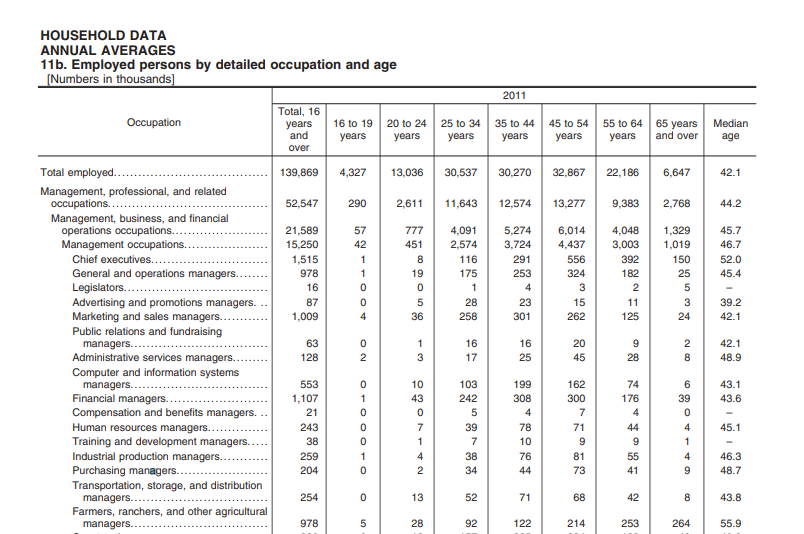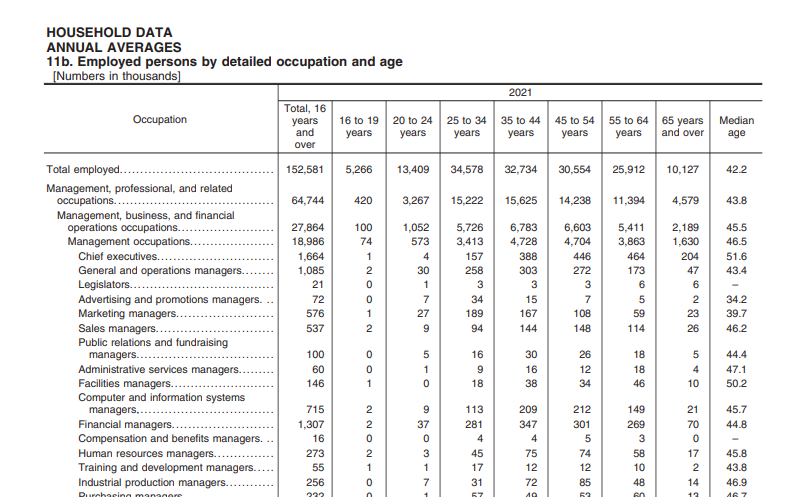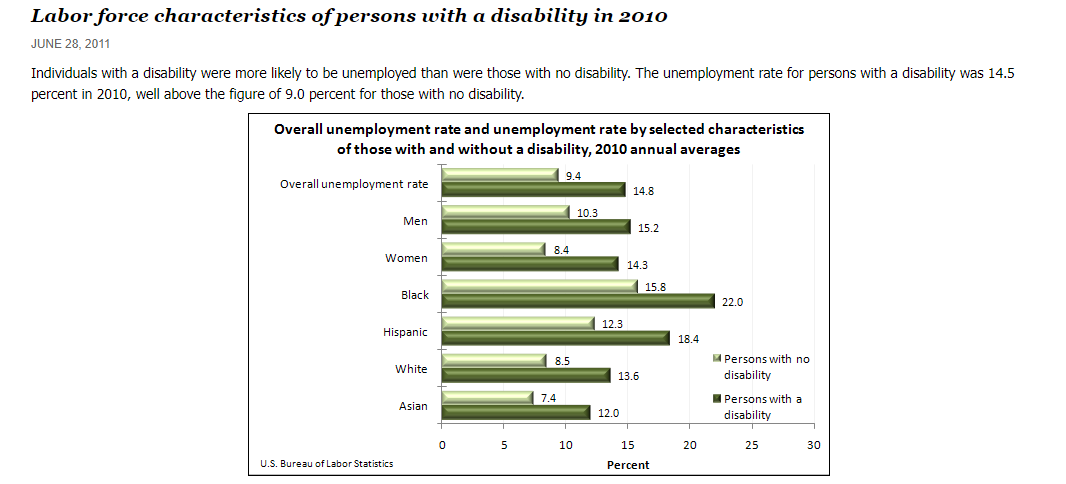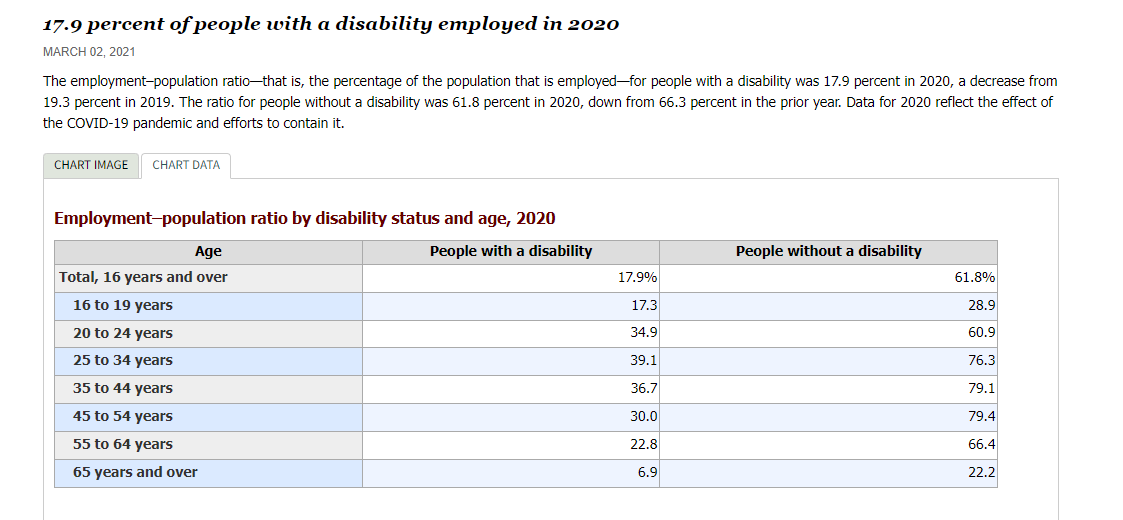Workforce dynamics are key determinants for the productivity of a given line of work in any country. There have been major changes in the economy not only in the U.S. but also in other parts of the world, which has led to demographic changes, posing challenges in the employment sector. For a conducive environment in the workplace, various metrics must be observed to ensure that there is effectiveness in managing workforce diversity and inclusion.
The changes in the Demographics of U.S. Workforce
Age
According to the U.S. Bureau of Labor Statistics, the number of people employed in the country has increased in many aspects in the last decade. For example, 16-19 years old employees in 2011 were 4,327, while in 2021, the number had increased to 5,266 (U.S. Bureau of Labor Statistics [BLS], 2021). Similarly, there were 30,270 employees aged 30-44 years in 2011 compared to 32734 in 2021 (U.S. Bureau of Labor Statistics [BLS], 2021). Even for older people, there are significant changes as in 2011, the number of people employed with more than 65 years was 6,647, while in 2021, the Bureau shows the number has gone to 10,127 as shown in Figure 1 (U.S. Bureau of Labor Statistics [BLS], 2021). The median age in 2011 was 42.1 for the total people employed, while in 2021, the figure had gone higher by 0.1 as shown in Figure 2 (U.S. Bureau of Labor Statistics [BLS], 2021). Thus, the above data shows there have been changes in terms of age for people working in various sectors in the U.S. workforce.


Disability

In 2011, individuals with a disability were more likely to be unemployed than those not disabled. The U.S. Bureau of statistics gives labor force characteristics of people with disabilities (PWDs). As shown in Figure 3 below, this group’s unemployment rate was 14.5% in 2010 for different races in the (U.S. Bureau of Labor Statistics [BLS], 2021). However, 17.9% of PWDs were employed in 2020, meaning there has been a decrease in the last decade (U.S. Bureau of Labor Statistics [BLS], 2021). It means there is a lower employment-population ratio among this group, especially for the old workers, as shown in Figure 4 below.

Foreign Born Workers
Foreign-born workers were mostly employed in service occupations, production lines, material movement, among other non-white collar jobs. Most were employed in management, professional and related tasks for the native-born. 38.9% of native-born workers would work in offices compared to 28% for foreign-born employees as of 2011 (U.S. Bureau of Labor Statistics [BLS], 2021). However, in 2020, foreign-born workers took 17% of U.S. labor force as compared to 15.8% in 2010 (U.S. Bureau of Labor Statistics [BLS], 2021). Therefore, it shows a major change in recruitment in the U.S. labor force.
How the Changes can Impact an Organization’s Recruitment Strategies
The variations in the workforce have a notable impact on a firm’s recruitment strategies. An organization must involve a comprehensive process when selecting employees before recruiting them. For example, a company must consider factors such as the level of education, the age range, and the physical ability of a person (Khan & Siddiqui, 2018). Here, the key issue is to ensure there is equity and equality in employment.
How an Organization can Improve Diversity and Inclusion
A company needs to improve diversity and include all significant demographics in the workplace. This can be achieved by leveraging diverse job boards to include different sets of people and highlighting diversity on the career page on the website (Khan & Siddiqui, 2018). Additionally, a company may offer diversity training and create an inclusion council that ensures different criteria are met when hiring people in an organization.
References
Khan, A., & Siddiqui, D. (2018). Impact of vision-based recruitment on organization’s performance in Pakistan. International Journal of Human Resource Studies, 8(4), 188.
United States Bureau of Labor Statistics. (2021). Labor force characteristics. Demographics.